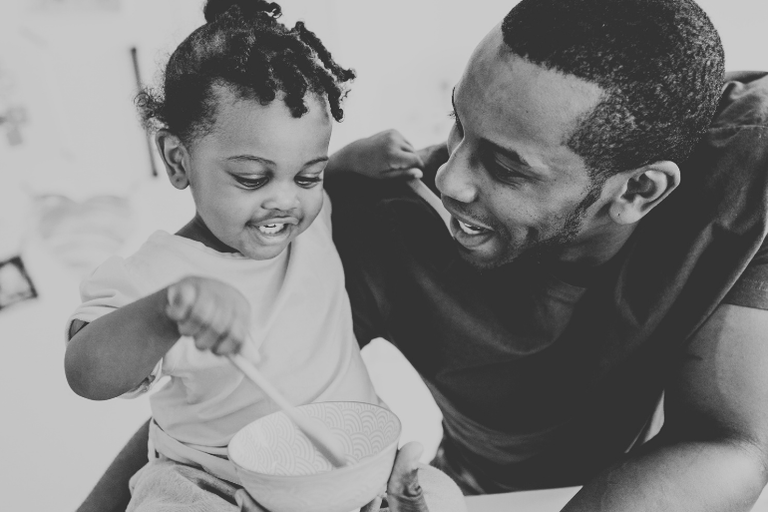|
In my last newsletter, I shared a post written by a fellow progressive educator who goes by Teacher Tom. In his post Isn't it also belittling to children? he shares some thoughts on how well-meaning adults can inadvertently limit children's exploration, and by extension their learning, by offering their own explanations or definitions as a way of teaching or engaging in children's play. I have witnessed many similar situations to those that Teacher Tom describes. Innocent questions such as "What are you drawing?" that result in a child's experience being abruptly and automatically limited by an adult's comment. As an early childhood teacher, a large part of my own practice is dedicated to understanding how to extend children's learning through our interactions. And it does take practice! To be clear, it's not that asking a reductive question ("What color is this?") or making a comment that is prescriptive ("This is how you connect the legos.") is catastrophic or even deeply problematic. We experience enough pressure as parents to also be asked to second-guess every word that comes out of our mouths. Being in relationship and playing with your child is much more important than being able to ask the "best" or "right" question--as if there is one. But it you find yourself curious to explore different ways of participating in your child's play and learning, here are some things you could consider exploring. 1- Observe - Often just being with your child, watching what they are doing, how they are doing it, and staying close by is enough. The feeling of being seen and appreciated is valued by all people, including children. It alone can support learning and exploration. This pausing to watch also allows time for us to check in with ourselves before speaking. Am I present? Am I curious? Am I breathing?
2- Connect - A close friend and fellow teacher would say he tried to be like the air in the classroom. Always there but an invisible support until needed or invited in. Sometimes the invitation is your child looking up at you. Sometimes it might be a question, a shared laugh, or a "Come play with me!" And sometimes it may be that it's you that wants to connect and let them know that you see what they are doing and are interested. Try starting with simply noticing together. "I notice how carefully you're lining up the blocks." "I remember you lined them up just like this yesterday." 3- Reflect together - In observing you might become curious to know more about what your child is exploring. Maybe you wonder what experiences are informing their ideas. Extending children's learning is not about telling them what you know, but rather guiding them to reflect and share their own ideas and finding opportunities to expand their thinking. Wondering together is a great way to do this. "I wonder if you've seen something like this before..." "Ah, yes! You are lining them up like train cars!" "I wonder where this train might be going." These 3 steps can serve as a guide for playing with babies, toddlers and beyond! If you try them and find them helpful I'd love to hear.
A very interesting perspective on how we can encourage children to explore. More often than not, a parent's way of playing with children is to make all the decisions regarding what will be played, how it will be played. This concept of letting the child take the lead role and letting them do things their way by giving them the required support, helps them become independent thinkers Comments are closed.
|


 RSS Feed
RSS Feed
